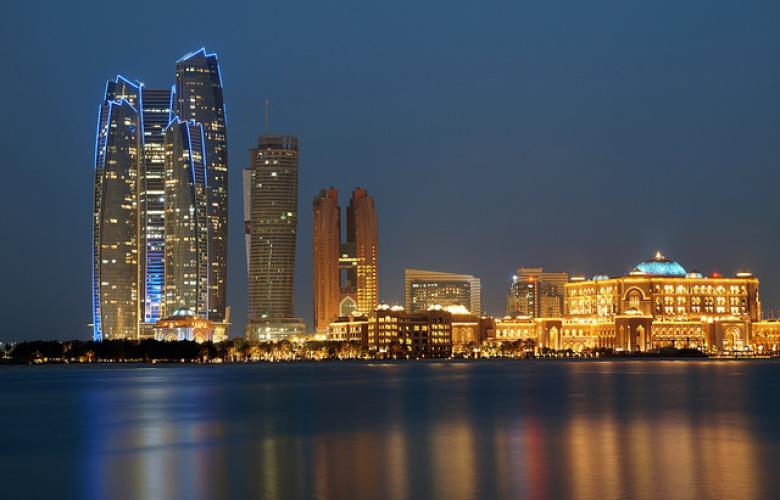Cluttons reports Abu Dhabi's residential sector values dip 0.9%
Cluttons reports Abu Dhabi's residential sector values dip 0.9%
Corrections for Abu Dhabi's residential market is expected in 2018 according to Cluttons UAE Property Market report.
Cluttons’ 5th annual UAE Property Market report shows the first six months of 2017 have seen a continued lacklustre performance of residential values in Abu Dhabi’s main residential investment areas, with values overall dropping by 0.9%. The seemingly slower rate of decline has improved the annual change to -6.3% in the 12 months to the end of June, from -7.5% at the end of Q1. This latest change now leaves average residential values standing at just a little over AED 1,150 psf. Apartments posted larger corrections in the six months to the end of June of -1.4%, compared to just -0.3% for villas.
The depth of overall demand has been tempered by wide ranging redundancy programmes in the public and private sectors. Furthermore, the ongoing erosion of food and energy subsidies, combined with a looming VAT regime and higher in inflation levels, which have hovered around the 2% mark so far this year, has put households under tremendous financial pressure. Oxford Economics believes the new 5% VAT could add some 2% to overall in inflation levels next year. There is also the risk of rising borrowing costs if the US raises interest rates further, given that the UAE Central Bank largely mirrors US fiscal policy.
At a glance:
- Abu Dhabi’s main residential areas values dropped by 0.9%
- The rate of decline improved to -6.3% in the 12 months to the end of June, from -7.5% at the end of Q1
- Average residential values stand at just over AED 1,150 psf
- Apartments posted larger corrections in the six months to the end of June of -1.4%
- Villas had smaller corrections at -0.3%

The rate of decline in Abu Dhabi's residential values has seemingly slowed in Q2- Image credit Cluttons
Rising rental supply levels slow economic growth
For rentals on a submarket level, the three weakest performers all came from the luxury end of the property spectrum, with high end apartments on Al Raha Beach (-3.3%) and Saadiyat Island (-3.3%) being joined by Al Reef Villas (-2.9%).
The submarkets enjoying the greatest degree of stability are still those that are perceived to offer the greatest value for money and where prices are amongst the lowest to be had in the city. Al Raha Gardens (AED 850 psf), Al Reef Downtown (AED 850 psf), Ghadeer apartments (AED 950 psf) and Golf Gardens (AED 1,000 psf), have all seen values remaining rm over the last 12 months, underpinned by their relative affordability.
The four weakest performing rental submarkets between January and June have been Al Reef Villas (-10.6%), Al Reef Downtown (-10.3%), Al Raha Beach (-8.6%) and Al Reem Island (-8%). Interestingly Al Reef Downtown had emerged as one of the strongest performers last summer, registering double digit rental value growth as demand began to outstrip supply, with tenants drawn in to the area by relatively low rents, easy access to central Abu Dhabi and the emergence of a community feel as more schemes began to complete. As rents here began closing in on rates in other residential investment zones, such as Reem Island, tenant demand shifted to other more affordable locations.
Still, with average annual rents for one- and two-bedroom apartments in Al Reef Downtown standing at AED 75,000 and AED 90,000 respectively, they are still some AED 30,000 to AED 40,000 cheaper than the average rates for the emirate overall. The recent softening of rents in this location may well aid its overall competitiveness going forward.
For more information, including more detailed graphs and commentary, click here to access and download the Cluttons report.
If you would like to contact the author for additional information, email Faisal Durrani from Cluttons via the contact details below.
See also:
Cluttons reports Dubai market corrections set to stabilise for residential rent and purchase prices
Cluttons reports rising demand for villas in affordable, family-friendly Sharjah






